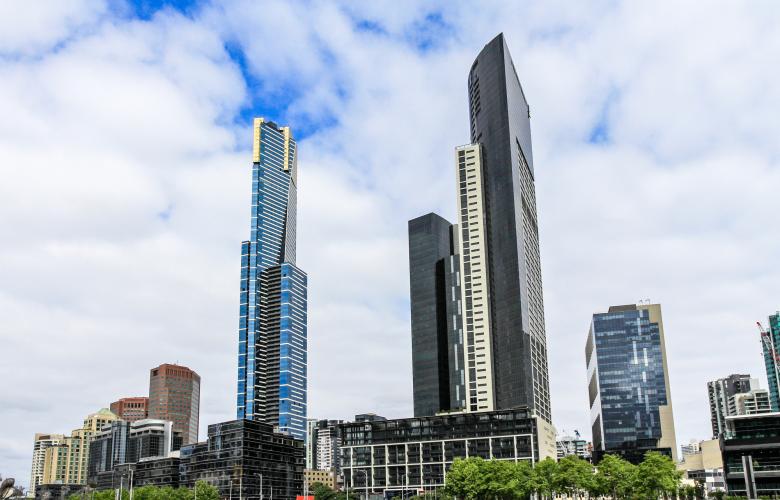How much new office space does Australia need?
Contact
How much new office space does Australia need?
Australia needs an extra 13 million square metres of office space by 2047 if it is going to cater to its rising population, new research from JLL has found.
Australia’s five biggest cities will need to add more than 13 million square metres of new office space by 2047 to cope with population growth, according to new research.
JLL’s latest Future Cities report, Australian Cities for a Metropolitan Age, says the demand is most urgent in Sydney and Melbourne, both of which are expected to have 8 million people by 2047.
According to the report, each will require more than 4.0 million square metres of CBD and suburban stock.
At a glance:
- JLL’s latest Future Cities report, Australian Cities for a Metropolitan Age, has revealed Australia’s five biggest cities will need to add more than 13 million square metres of new office space by 2047 to cope with population growth.
- According to the report, Infrastructure’s ability to keep up will be critical in Melbourne, which the ABS suggests could reach 10 million as soon as 2054.
- JLL researchers believe the development must occur in the fringe and suburban office areas of Sydney, Melbourne and Brisbane if Australia is going to meet its 2047 target.
Australia’s population is likely to reach 36 million within the next 28 years, according to the Australian Bureau of Statistics.
The country's numbers are growing 1.6 per cent a year, second only to New Zealand (+1.9 per cent) among the 36 member OECD countries.
Infrastructure’s ability to keep up will be critical in Melbourne, which the ABS suggests could reach 10 million as soon as 2054, approaching the size of London, Paris and Bangkok.
However, data from JLL indicates Australian cities have a far higher proportion of CBD office space – in Adelaide, the ratio is 100 per cent CBD – than European cities such as Berlin, Frankfurt, Barcelona and Paris, whose CBDs typically account for less than 20 per cent of overall stock.
JLL Victoria Managing Director, David Bowden said office markets in Australia’s largest cities had no option but to become more metropolitan as the cities grow.
"Demand for office space is being influenced by both the rise of new industries and the way we work," he said.
JLL researchers believe the development must occur in the fringe and suburban office areas of Sydney, Melbourne and Brisbane if Australia is going to meet its 2047 target.
Senior Director of Research- Australia, Annabel McFarlane, said as the workforce expanded and cities densified, CBD locations risked increased congestion and upward pressure on rents.
“Non-CBD markets will become increasingly relevant for Australia’s three largest cities,” she said.
“Businesses may adopt a hub and spoke model with client-facing functions remaining in the CBD and support functions located in non-CBD markets.
"The next evolution of the hub and spoke model will be about providing flexibility and choice for knowledge workers.”
Similar to this:
WeWork signs new location in Sydney
Australia's student accommodation progressing to operational phase - JLL







